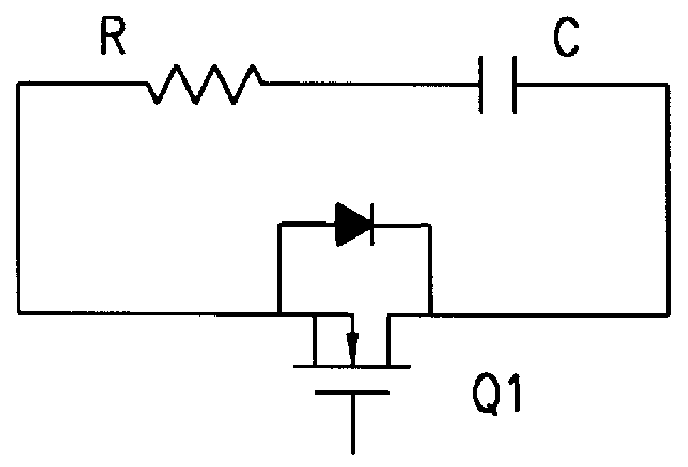Clamping circuit and method for synchronous rectification
a synchronous rectifier and clamping circuit technology, applied in the direction of electric variable regulation, process and machine control, instruments, etc., can solve the problems of large voltage spikes and high frequency ringing typically generated in the rectifier, increase power loss so as to reduce peak voltage and dampen oscillation, suppress high voltage spikes, and dissipate a noticeable amount of power
- Summary
- Abstract
- Description
- Claims
- Application Information
AI Technical Summary
Benefits of technology
Problems solved by technology
Method used
Image
Examples
Embodiment Construction
The present invention will now be described more fully hereinafter with reference to the accompanying drawings in which preferred embodiments of the invention are shown. This invention may, however, be embodied in many different forms and should not be construed as being limited to the embodiments set forth herein. Rather, the embodiments are is provided so that this disclosure will be thorough and complete, and will fully convey the scope of the invention to those skilled in the art.
Referring to FIG. 3, there is shown a rectifier circuit 1 according to a preferred embodiment of the present invention as part of a power supply. Rectified circuit 1 of FIG. 3 is a full wave synchronous rectifier circuit including transformer 2 having primary side or winding 3 and secondary side or winding 4, and transistor switch 5 having a first terminal connected to a first end of secondary winding 4 and a second terminal connected to a ground reference. Rectifier circuit 1 further includes a second ...
PUM
 Login to View More
Login to View More Abstract
Description
Claims
Application Information
 Login to View More
Login to View More - R&D
- Intellectual Property
- Life Sciences
- Materials
- Tech Scout
- Unparalleled Data Quality
- Higher Quality Content
- 60% Fewer Hallucinations
Browse by: Latest US Patents, China's latest patents, Technical Efficacy Thesaurus, Application Domain, Technology Topic, Popular Technical Reports.
© 2025 PatSnap. All rights reserved.Legal|Privacy policy|Modern Slavery Act Transparency Statement|Sitemap|About US| Contact US: help@patsnap.com



